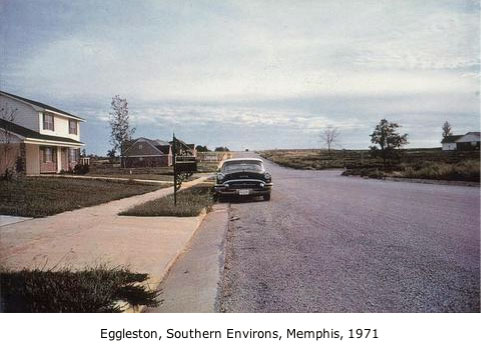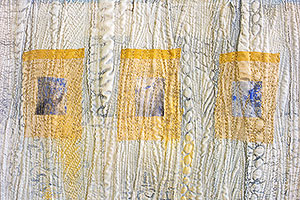Interpreting imagery, cont’d
Thanks to everyone who commented about the Eggleston photo. Deb and Wanda, your reactions are similar to mine. Lori, you have a depth of experience and a rich vocabulary for analysis that I aspire to one day! Magsramsay, I’m not sure how big the original is – a quick Google search did not reveal the answer. But I suppose since it was a photograph, he could have printed it fairly small or fairly large, or anywhere in between. We first saw it as a projection on a very large screen in class and then later as a tiny image posted on the web for reference. That’s an interesting point about sizes – I’ve heard that a lot of people are surprised at how small the Mona Lisa is in person.
Well, as I mentioned, I had some anxiety about having to do an interpretation of this photo. The reason was that I just didn’t see what was so special about it. I had seen other work by Eggleston in the past, all of which I thought was a lot more interesting than this particular image. For one example, here’s another one of a comparable subject, but I think the way it’s composed is much more dynamic and engaging. I often find myself in this predicament when looking at art – I think to myself, so here’s this piece in a museum/gallery/arty magazine/whatever; therefore, it must be worthy of my admiration, yet I just don’t see why. I then have to wonder if I’m just lacking in perceptual skills, or whether it’s an emporer’s new clothes kind of thing, where someone of notoriety made it and that alone is enough to make it great. I suppose that in any particular instance, either answer might be right.
So instead of giving in to my first instinct, which was to pretend I found it amazing and write it up as such, I decided to be honest about my thoughts, and it turned out to be a pretty good experience. I’m finding that I’m actually starting to enjoy writing, and it does get easier as you go. My interpretation can be found here.



